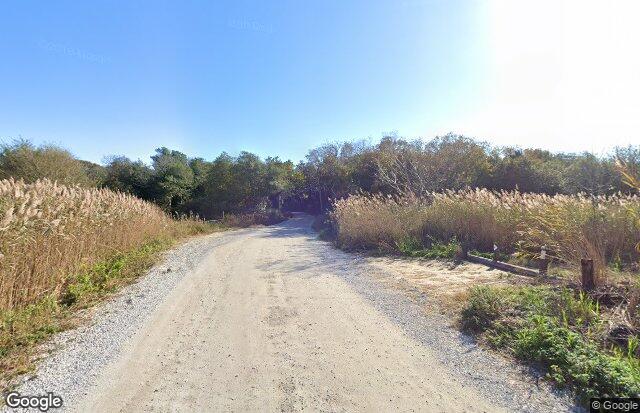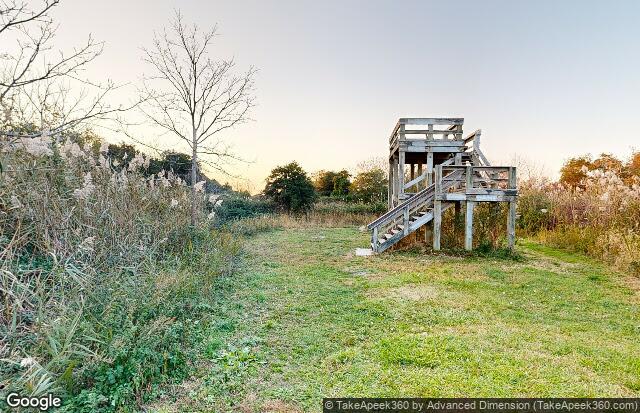
Higbee Beach Wildlife Management Area
Higbee Beach Wildlife Management Area
Higbee Beach Road Cape May, New Jersey 08204
Official WebsiteHigbee Beach Wildlife Management Area (New Jersey Audubon) webpage
Higbee Beach Wildlife Management Area map
Tips for Birding
When submitting eBird observations at Higbee Beach Wildlife Management Area, it is most helpful to start a new checklist for each hotspot in the wildlife management area. Use the general hotspot when you have a checklist that includes multiple locations or if no other hotspot or personal location is appropriate for your sightings.
In September and October, birds on their southward migration are funneled down the Cape May peninsula, directly into Higbee Beach WMA. In spring, when birds are northbound, Higbee is the first landfall after crossing the Delaware Bay, so migrants will often stop to rest and feed. The area consists of a series of fields, hedgerows, and deciduous and dune forests. Birding is great year-round, and best from April through November.
Don't miss the dawn migration of land birds each fall. Turn right onto the dirt road just before the main parking area, travel about two-tenths of a mile, and find a viewing platform on your left and a dike to your right, both providing great views of abundant migration. New Jersey Audubon personnel are present on the platform from sunrise through midmorning in September and October to answer questions and help with identification.
Birds of Interest
Winter: Although fairly quiet at this time of the year, boisterous species such as Gray Catbird, Brown Thrasher, and Carolina Wren are present to break the silence.
Spring: Warbler fans flock to Higbee Beach to search the hedgerows as the sun warms the insects into motion each morning. Some of our flashiest spring visitors are at their colorful best, including Scarlet Tanager, American Redstart, Black-throated Blue, and Northern Parula Warblers.
Summer: Spring and summer breeding species include Blue Grosbeak, Indigo Bunting, Yellow-breasted Chat, and Prairie Warbler. There are many opportunities to get close-up views of dragonflies and butterflies. Higbee Beach also offers an outstanding habitat for biting flies and ticks, so use precautions.
Fall: Higbee Beach is a prime location for fall migrants including birds, butterflies, dragonflies, and occasionally bats, especially in the days immediately following a cold front with northwest winds. Although the parking lots fill up early with eager birders, a late afternoon visit is just as enjoyable.
About this Location
Higbee Beach Wildlife Management Area (WMA) is chiefly being managed for its value to endangered, threatened, and nongame wildlife. The Cape May peninsula hosts one of the world’s largest migrations each fall as millions of birds stop at the peninsula seeking food, cover, and water. Higbee Beach plays a vital role in the migration, providing migrants with a stopover site as they increase their fitness before continuing their sojourn south.
The roughly 1,100-acre area offers a unique blend of several different habitats, including dune, forest, scrub-shrub, and early successional fields. Hunting is allowed, but not until the Monday after the Six-day Firearm Deer Season each year (see the Hunting Digest for season information).
Field plantings offer birds a vital food supply as they migrate south along the Atlantic Flyway. Two new viewing platforms have been added to the nearly 2 miles of nature trails in the area. The platforms, which offer spectacular views of the field and forest canopy, feature educational signs on migration and habitat. In 1999, New Jersey Fish and Wildlife added a new dune trail that runs through forested dunes with views of the expansive Delaware Bay.
Visitors interested in viewing the spectacular migration should come to the WMA following a cold front with northerly winds. All you need is a set of binoculars and ID books. Note that Higbee Beach is also home to lots of dragonflies and butterflies, including the long-distance migrant, the Monarch butterfly.
Turn Left out of the Beanery parking area onto Bayshore Road. After a mile, turn Left onto New England Road (CR-641). After 1.2 miles on New England Road, the road will end in the Higbee Beach WMA parking lot.
Open daily from dawn to dusk. Parking area on site.
Content from Official Website and Higbee Beach Wildlife Management Area (New Jersey Audubon) webpage
Last updated February 26, 2024



